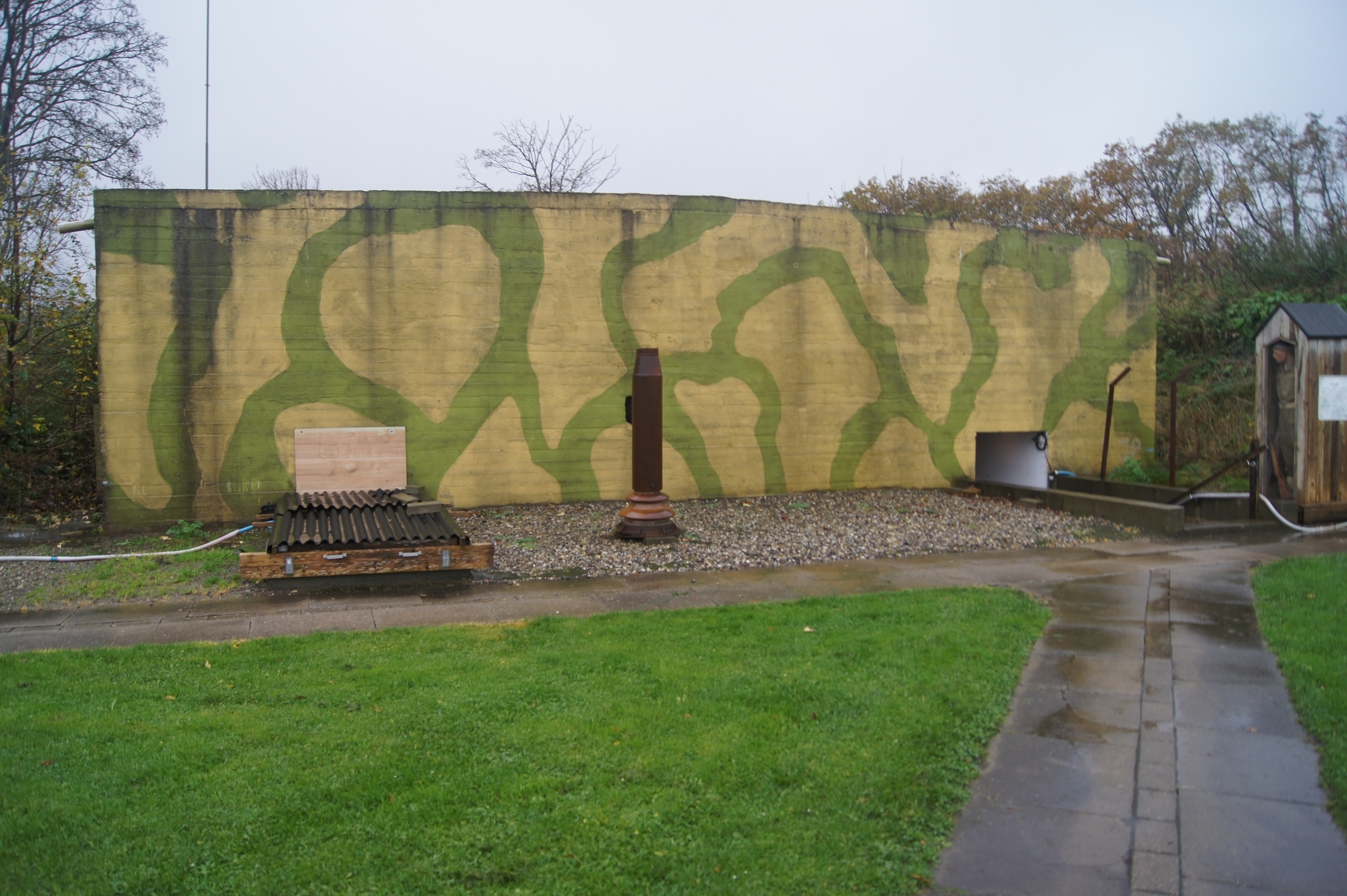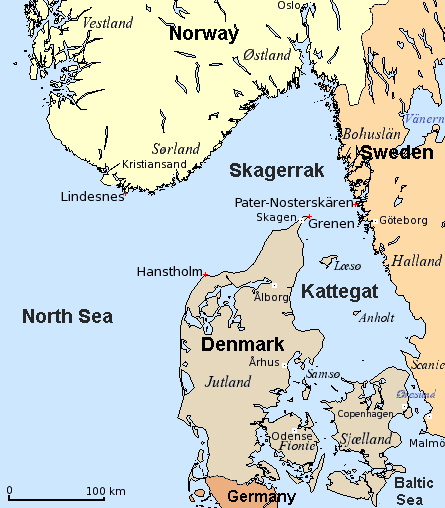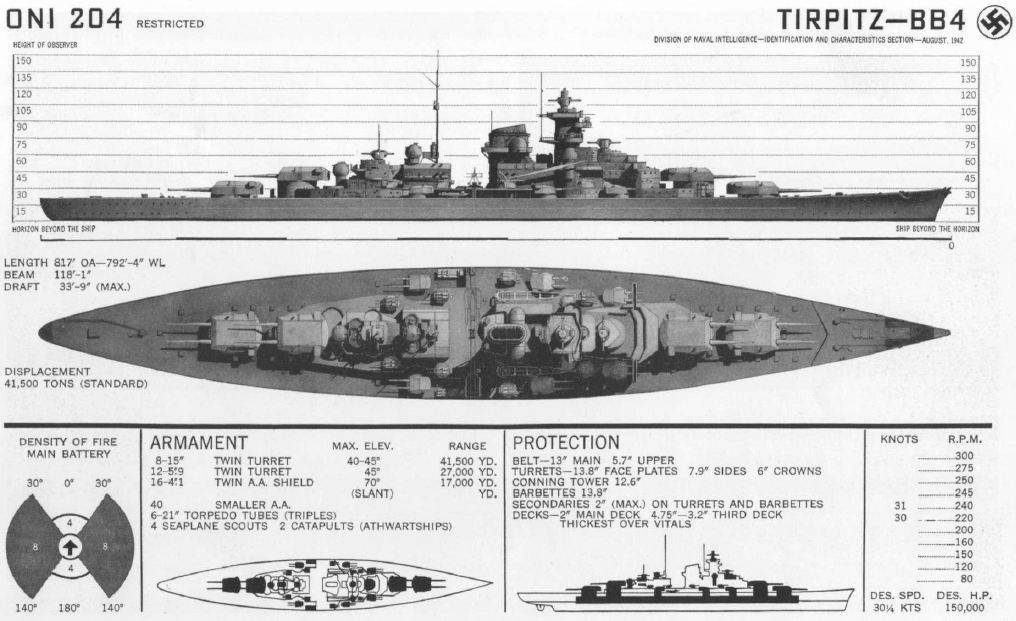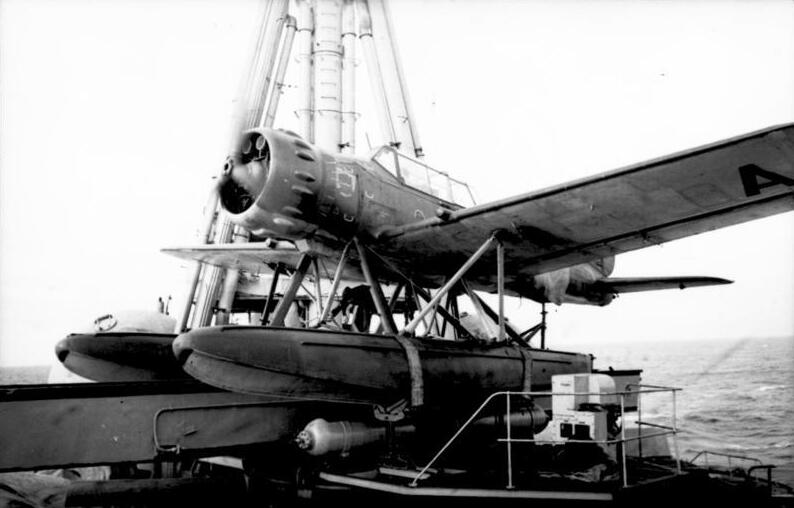|
Seefliegerhorst Aalborg
Seefliegerhorst Aalborg was a German seaplane base at Aalborg during the occupation of Denmark 1940 to 1945 On 12 April 1940, three days after the German occupation of Denmark, the first German seaplanes landed on the Limfjord on the western outskirts of Aalborg. The Germans immediately requisitioned a large area around Skydebanevej, and mid August the same year a seaplane base had been established, however without many of the fixed facilities needed at a fully operational base in wartime. Construction works continued throughout the war building bunkers, field fortifications, barbed wire fences and air defense sites. Spread out over the large area were the many facilities that are part of a wartime air base: Quartering barracks, office buildings, infirmary, workshops and ammunition depots. One air defence battery was set up to protect the base, including three 20 mm AA machine cannon commandeered by the Germans from the Danish army in April 1940 after the first British air raid ... [...More Info...] [...Related Items...] OR: [Wikipedia] [Google] [Baidu] |
Defence And Garrison Museum
The Aalborg Defence and Garrison Museum ( da, Aalborg Forsvars- og Garnisonsmuseum, links=no) is a military museum in Aalborg, Denmark that covers all branches (except naval) of Danish defence organizations. History The museum is located in a seaplane hangar, built by German occupation forces during World War II. The German seaplane base Seefliegerhorst Aalborg was established there in 1940. Following the war, the hangar was used as a storage depot for equipment of the Danish Civil Defence Forces. In August 2001, the hangar was provided to the Garrison Historical Society of Aalborg for the creation of a military museum. The building was renovated and the museum opened on 22 June 2002. In 2009 a second exhibition hall was opened creating a total exhibit area of approximately . Exhibits The museum covers most branches of Danish defence organizations—the Danish Navy was excluded because it was already represented in the city's maritime museum. The branches include the Royal Danis ... [...More Info...] [...Related Items...] OR: [Wikipedia] [Google] [Baidu] |
HMS Seal (N37)
HMS ''Seal'' was one of six naval mine, mine-laying submarines of the Royal Navy. She served in the Second World War and was captured by the ''Kriegsmarine'' and taken into German service as ''UB'', one of several Foreign U-boats, captured subs. She was the only submarine the Germans captured at sea during World War II. Her capture allowed the Germans to correct a critical fault in their U-boat torpedoes. ''Seal'' was Keel laying, laid down at the Chatham Dockyard on 9 December 1936, Ceremonial ship launching, launched on 27 September 1938 and Ship commissioning, commissioned into the Royal Navy on 28 January 1939. During her entire British career, her commander was Rupert Lonsdale, for whom it was his second command. Early career On being commissioned, ''Seal'' went for acceptance trials at Dartmouth and in Torbay. On the day of her first successful deep dive, 1 June 1939, news arrived of the loss of undergoing trials at Liverpool, a personal setback for the crew who had lo ... [...More Info...] [...Related Items...] OR: [Wikipedia] [Google] [Baidu] |
Denmark In World War II
At the outset of World War II in September 1939, Denmark declared itself neutral. For most of the war, the country was a protectorate and then an occupied territory of Germany. The decision to occupy Denmark was taken in Berlin on 17 December 1939. On 9 April 1940, Germany occupied Denmark in Operation Weserübung. The Danish government and king functioned as relatively normal in a ''de facto'' protectorate over the country until 29 August 1943, when Germany placed Denmark under direct military occupation, which lasted until the Allied victory on 5 May 1945. Contrary to the situation in other countries under German occupation, most Danish institutions continued to function relatively normally until 1945. Both the Danish government and king remained in the country in an uneasy relationship between a democratic and a totalitarian system until the Danish government stepped down in a protest against German demands to institute the death penalty for sabotage. Just over 3,000 Danes ... [...More Info...] [...Related Items...] OR: [Wikipedia] [Google] [Baidu] |
Airports In Denmark
This is a list of airports in Denmark, sorted by location. Denmark ( da, Danmark) is a Scandinavian country in Northern Europe and the senior member of the Kingdom of Denmark. It is the southernmost of the Nordic countries, southwest of Sweden and south of Norway, and bordered to the south by Germany. Denmark borders both the Baltic and the North Sea. The country consists of the large peninsula of Jutland (''Jylland''), as well as several hundred islands, most notably Zealand (''Sjælland''), Funen (''Fyn''), Vendsyssel-Thy, Lolland, Falster, Bornholm, and Amager. The capital and largest city of Denmark is Copenhagen (''København''), located on Amager and the east coast of Zealand. Airports Airport names shown in bold have scheduled passenger service on commercial airlines. See also * List of airports in the Faroe Islands * List of airports in Greenland * List of the largest airports in the Nordic countries * Royal Danish Air Force * Transport in Denmark * List of airp ... [...More Info...] [...Related Items...] OR: [Wikipedia] [Google] [Baidu] |
Evacuation Of East Prussia
The evacuation of East Prussia was the movement of German civilian population and military personnel from East Prussia between 20 January and March 1945, that was initially organized and carried out by state authorities but quickly turned into a chaotic flight from the Red Army. A part of the evacuation of German civilians towards the end of World War II, these events are not to be confused with the expulsion from East Prussia that followed after the war had ended. The area that was evacuated was not the Gau East Prussia, but the inter-war East Prussia where most people already held German citizenship. German citizens in Memel and other regions with proximity to East Prussia also took part in the evacuation, wishing to escape by sea, even though in their regions there was no official evacuation announced. The evacuation, which had been delayed for months, was initiated due to fear of the Red Army advances during the East Prussian Offensive. Some parts of the evacuation were ... [...More Info...] [...Related Items...] OR: [Wikipedia] [Google] [Baidu] |
German Battleship Tirpitz
''Tirpitz'' was the second of two s built for Nazi Germany's ''Kriegsmarine'' (navy) prior to and during the Second World War. Named after Grand Admiral Alfred von Tirpitz, the architect of the ''Kaiserliche Marine'' (Imperial Navy), the ship was laid down at the Kriegsmarinewerft Wilhelmshaven in November 1936 and her hull was launched two and a half years later. Work was completed in February 1941, when she was commissioned into the German fleet. Like her sister ship, , ''Tirpitz'' was armed with a main battery of eight guns in four twin turrets. After a series of wartime modifications she was 2000 tonnes heavier than ''Bismarck'', making her the heaviest battleship ever built by a European navy. After completing sea trials in early 1941, ''Tirpitz'' briefly served as the centrepiece of the Baltic Fleet, which was intended to prevent a possible break-out attempt by the Soviet Baltic Fleet. In early 1942, the ship sailed to Norway to act as a deterrent against an Allied inv ... [...More Info...] [...Related Items...] OR: [Wikipedia] [Google] [Baidu] |
Norway
Norway, officially the Kingdom of Norway, is a Nordic country in Northern Europe, the mainland territory of which comprises the western and northernmost portion of the Scandinavian Peninsula. The remote Arctic island of Jan Mayen and the archipelago of Svalbard also form part of Norway. Bouvet Island, located in the Subantarctic, is a dependency of Norway; it also lays claims to the Antarctic territories of Peter I Island and Queen Maud Land. The capital and largest city in Norway is Oslo. Norway has a total area of and had a population of 5,425,270 in January 2022. The country shares a long eastern border with Sweden at a length of . It is bordered by Finland and Russia to the northeast and the Skagerrak strait to the south, on the other side of which are Denmark and the United Kingdom. Norway has an extensive coastline, facing the North Atlantic Ocean and the Barents Sea. The maritime influence dominates Norway's climate, with mild lowland temperatures on the se ... [...More Info...] [...Related Items...] OR: [Wikipedia] [Google] [Baidu] |
Kattegat
The Kattegat (; sv, Kattegatt ) is a sea area bounded by the Jutlandic peninsula in the west, the Danish Straits islands of Denmark and the Baltic Sea to the south and the provinces of Bohuslän, Västergötland, Halland and Skåne in Sweden in the east. The Baltic Sea drains into the Kattegat through the Danish Straits. The sea area is a continuation of the Skagerrak and may be seen as a bay of the North Sea, but in traditional Scandinavian usage, this is not the case. The Kattegat is a rather shallow sea and can be very difficult and dangerous to navigate because of the many sandy and stony reefs and tricky currents, which often shift. In modern times, artificial seabed channels have been dug, many reefs have been dredged by either sand pumping or stone fishing, and a well-developed light signaling network has been installed, to safeguard the very heavy international traffic of this small sea. There are several large cities and major ports in the Kattegat, including, in d ... [...More Info...] [...Related Items...] OR: [Wikipedia] [Google] [Baidu] |
Arado Ar 196
The Arado Ar 196 was a shipboard reconnaissance low-wing monoplane aircraft built by the German firm of Arado starting in 1936. The next year it was selected as the winner of a design contest and became the standard aircraft of the ''Kriegsmarine'' (German Navy) throughout World War II. Design and development In 1933, the ''Kriegsmarine'' looked for a standardized shipboard observation floatplane. After a brief selection period, the ''Reichsluftfahrtministerium'' (German Air Ministry, RLM) decided on the Heinkel He 60 biplane. This was one of a line of developments of a basic biplane airframe that appeared as a number of floatplanes, trainers, and fighters. Deliveries started in a matter of months. By 1935, it was found that the He 60's performance was lacking and the RLM asked Heinkel to design its replacement. The result was the He 114. The first prototype was powered by the Daimler-Benz DB 600 inline engine, but it was clear that supplies of this engine would be limited ... [...More Info...] [...Related Items...] OR: [Wikipedia] [Google] [Baidu] |
Command Bunker At Aalborg Forsvars- Og Garnisonsmuseum
Command may refer to: Computing * Command (computing), a statement in a computer language * COMMAND.COM, the default operating system shell and command-line interpreter for DOS * Command key, a modifier key on Apple Macintosh computer keyboards * Command pattern, a software design pattern in which objects represent actions * Voice command, in speech recognition Military * Military command (instruction) or military order * Command responsibility, the doctrine of hierarchical accountability in cases of war crimes * Command (military formation), an organizational unit * Command and control, the exercise of authority in a military organization * Command hierarchy, a group of people dedicated to carrying out orders "from the top" Music * ''Command'' (album), a 2009 album by Client * Command Records, a record label Sports * Command (baseball), the ability of a pitcher to throw a pitch where he intends to * Kansas City Command, a former professional arena football team * Comma ... [...More Info...] [...Related Items...] OR: [Wikipedia] [Google] [Baidu] |
Anti-submarine Warfare
Anti-submarine warfare (ASW, or in older form A/S) is a branch of underwater warfare that uses surface warships, aircraft, submarines, or other platforms, to find, track, and deter, damage, or destroy enemy submarines. Such operations are typically carried out to protect friendly shipping and coastal facilities from submarine attacks and to overcome blockades. Successful ASW operations typically involved a combination of sensor and weapon technologies, along with effective deployment strategies and sufficiently trained personnel. Typically, sophisticated sonar equipment is used for first detecting, then classifying, locating, and tracking a target submarine. Sensors are therefore a key element of ASW. Common weapons for attacking submarines include torpedoes and naval mines, which can both be launched from an array of air, surface, and underwater platforms. ASW capabilities are often considered of significant strategic importance, particularly following provocative instan ... [...More Info...] [...Related Items...] OR: [Wikipedia] [Google] [Baidu] |
20 Mm AA Machine Cannon
The 20 mm AA Machine Cannon M/38 was a 20 mm caliber, 20 mm rapid fire autocannon produced by the Danish company DISA (company), Dansk Industri Syndikat (DISA). The gun, which could be adapted to several tactical uses, was a primary weapon of the military of Denmark. It was also exported to numerous countries around the world because of its versatility. The cannon was built at the DISA works in Herlev near Copenhagen. The company supplied several different types of weapon mount, mountings with the weapon which allowed it to be employed in a variety roles such as Anti-aircraft warfare, aerial defences, Anti-tank warfare, anti-tank warfare or on naval ships. Design The 20 mm Madsen Cannon was originally built by Vilhelm Herman Oluf Madsen, Colonel V. H. O. Madsen of the Royal Danish Army. A version with a necked-out 23 mm caliber, 23 mm round was also produced for the cannon known as the 23 mm Madsen. Combat Several 20 mm machine cannons of the Danish Ar ... [...More Info...] [...Related Items...] OR: [Wikipedia] [Google] [Baidu] |







